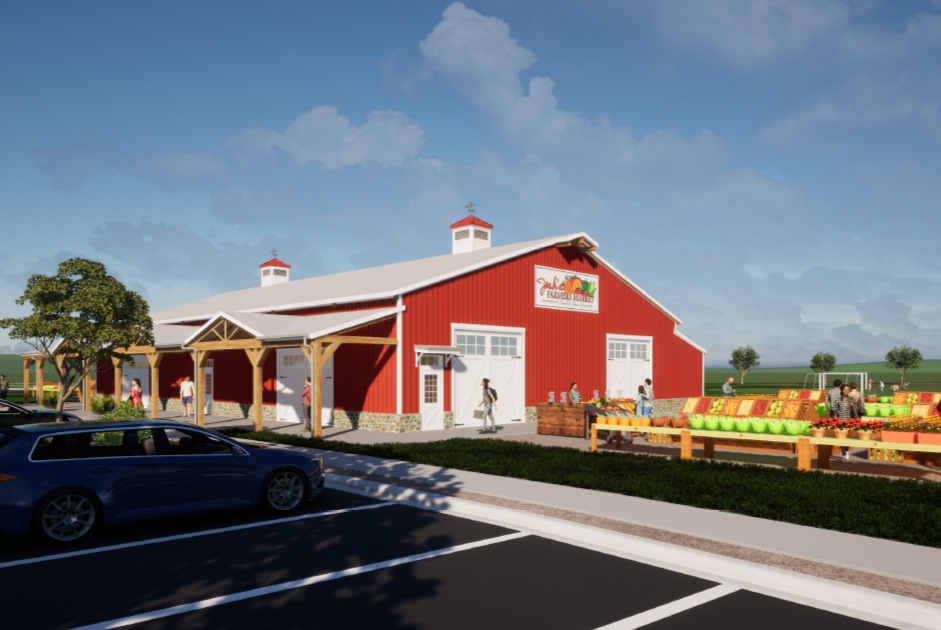Divorce is often associated with younger couples, but in recent years, an increasing number of older adults are choosing to part ways. This phenomenon, known as “gray divorce,” refers to the divorce of couples aged 50 and older. While divorce rates among younger generations have generally declined, the divorce rate among those in their 50s, 60s and beyond has risen sharply. In fact, according to research from the National Center for Family & Marriage Research, the divorce rate for individuals aged 50 and older has roughly doubled since the 1990s.
So, why are more and more older couples divorcing?
Factors Contributing to Gray Divorce
Longer Life Expectancy – As people live longer, the prospect of spending decades in a marriage that no longer fulfills them becomes a reality. When couples in their 50s or 60s feel that they’ve outgrown their relationship or have different life goals, they may be more willing to call it quits. Individuals may have more years ahead of them to pursue their own happiness, especially if they no longer feel connected to their spouse.
Changing Social Norms – Divorce has become more socially acceptable, and the stigma once associated with ending a marriage has diminished. For many older adults, divorce no longer represents failure; rather, it may be seen as a new beginning. As society’s views on divorce have evolved, people are less likely to stay in unhappy marriages out of a sense of obligation or societal pressure.
Empty Nest Syndrome – Many couples find themselves reevaluating their relationships once their children have left home. With the “parenting” phase of their lives over, they may feel they have little in common with their spouse or that they’ve drifted apart over the years. This phase of life, often referred to as the “empty nest” phase, can be a time of reflection, and some couples decide to part ways after realizing they’ve outgrown their relationship.
The Rise of Individualism – Modern society increasingly values personal fulfillment, and older adults may feel that they deserve a better quality of life in their later years. For some, this means pursuing new passions, hobbies or relationships that are more in alignment with their current desires. A growing emphasis on self care and self actualization has led many to reevaluate their marriages and seek out happiness outside of them.
The Impact of Gray Divorce
Emotional and Psychological Effects – Gray divorce can have significant emotional and psychological effects. For many older individuals, the end of a long-term marriage can bring feelings of loss, loneliness and uncertainty. Older adults may also experience challenges in redefining their identity after decades of being a part of a couple. The emotional toll can be compounded by concerns about the future, such as navigating retirement or managing health issues alone.
Financial Strain – Financial considerations are a major concern in gray divorces. After decades of accumulating assets together, dividing them can be complex and emotionally charged. Many older adults find that their retirement savings, pensions and other assets need to be split, which can leave both parties with less financial security. In some cases, one partner may need to return to the workforce or delay retirement in order to make ends meet.
Impact on Children and Extended Family – While adult children may not experience the same upheaval as younger children, gray divorce can still have emotional consequences for them. Many adult children feel a sense of loss when their parents divorce, particularly if they’ve been married for a long time. Additionally, grandchildren may find themselves caught in the middle of family dynamics, which can create tension and confusion.
Opportunities for Growth – Despite the challenges, gray divorce can offer opportunities for personal growth and transformation. Many individuals who go through a gray divorce find that it gives them the chance to explore new interests, build new social networks and even start new romantic relationships. For some, the end of a marriage opens doors to new experiences that might have been impossible while still in the relationship.
The Changing Landscape of Marriage
Gray divorce is part of a broader shift in societal attitudes toward marriage and relationships. As life expectancy increases, and as older adults prioritize their own well being and happiness, divorce among older couples is likely to continue to rise. However, it’s essential to note that while gray divorce can be difficult, it’s also reflective of changing expectations about marriage and personal fulfillment. Couples are no longer staying together out of obligation or societal pressure; they are choosing to live authentic, meaningful lives, even if it means ending a marriage that has spanned many years. As more individuals in their 50s, 60s and beyond seek new paths for the second half of their lives, gray divorce will likely continue to play a significant role in shaping modern relationships.




















